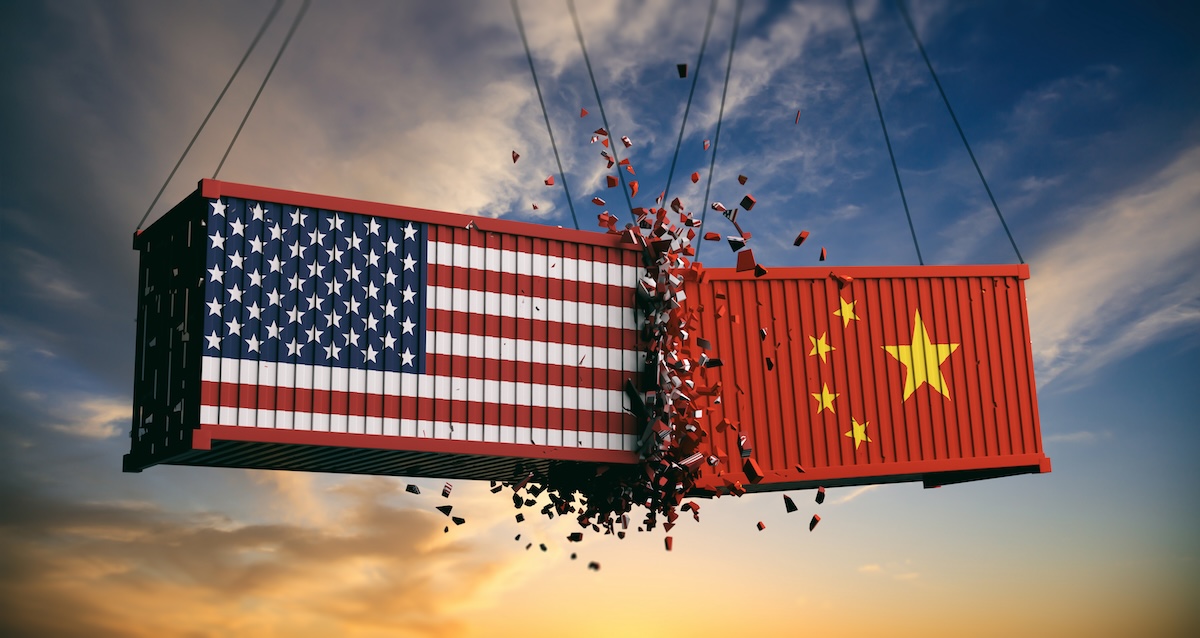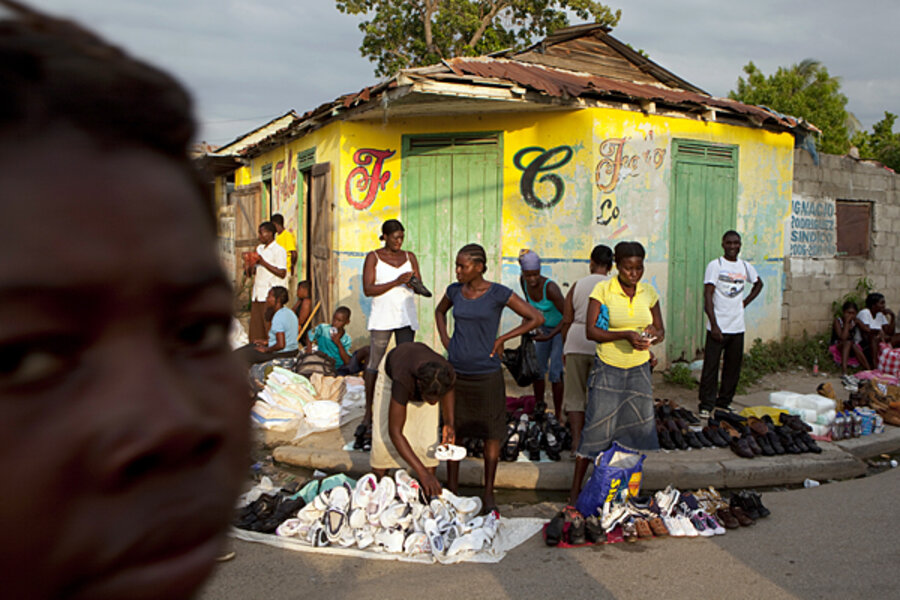iPhone Under Pressure: How Tariffs and Tensions Are Testing Apple's Global Backbone

Despite the familiar “Designed in California” label on every iPhone, most of Apple’s products—iPhones, iPads, and MacBooks alike—are actually manufactured in China. Apple ships over 220 million iPhones annually, and nearly 90% are assembled in China, where crucial components like screens and batteries are sourced. These products are then exported to Apple’s largest market: the United States. Recently, former President Donald Trump announced massive tariff increases on Chinese imports—some as high as 245%—putting immense pressure on the electronics supply chain, though smartphones and computers were temporarily spared.
Apple’s decision to invest heavily in China dates back to the late 1990s, when the company was teetering on the edge of bankruptcy. As China opened its economy to foreign investment, Apple partnered with Foxconn, a Taiwanese firm with facilities in China, to produce its iconic devices. With the help of Apple, several Chinese suppliers evolved into top-tier manufacturers. One standout example is Beijing Jingdiao, which shifted from basic acrylic cutting to high-precision machinery essential for iPhone production.
Over the years, Apple expanded its footprint in China dramatically. It opened its first retail store in Beijing in 2008 and now boasts around 50 stores nationwide. Meanwhile, Foxconn’s massive Zhengzhou factory—often referred to as “iPhone City”—became a symbol of China’s ability to handle large-scale, high-tech manufacturing. With more than 150 of Apple’s 187 top suppliers operating in China, it’s no surprise CEO Tim Cook declared China as the company’s most critical supply chain hub.
However, the political climate is shifting. While Trump offered initial tariff exemptions, his administration later suggested that even smartphones and computers might face duties. Officials claim these policies aim to bring manufacturing back to the U.S. Commerce Secretary Howard Lutnick even envisioned massive American assembly lines mimicking China’s. Meanwhile, White House Press Secretary Karoline Leavitt emphasized the importance of reclaiming production of semiconductors and smartphones.
Yet, some experts argue these ambitions are unrealistic. Eli Friedman, a former member of Apple’s academic advisory board, called the idea of relocating iPhone production to the U.S. “pure fantasy.” Although Apple has explored diversification since 2013, significant progress only came after the pandemic, when China’s strict lockdowns disrupted output. Apple has since expanded production to Vietnam and India—but the bulk of its assembly still occurs in China.
China isn’t backing down either. In response to U.S. tariffs, Beijing imposed its own steep levies and restricted exports of critical materials like rare earth elements, used in iPhones. This economic sparring highlights the fragile interdependence between the two nations. Jigar Dixit, a supply chain consultant, noted that Apple’s position at the crossroads of this geopolitical tension makes it especially vulnerable, with the tariff war threatening both sides of the Pacific.
While relocating to other Asian nations might seem like an alternative, countries like Vietnam are also facing high tariffs. Before Trump’s 90-day pause, Vietnam was looking at a 46% tariff rate—proving that escaping the trade crossfire is no easy feat. With all major manufacturing hubs located in Asia and under increasing scrutiny, Apple faces a challenging dilemma: adapt its operations or weather the storm. The question now is whether Apple can truly shift course without sacrificing its efficiency—or its profits.
What's Your Reaction?














:format(webp)/cdn.vox-cdn.com/uploads/chorus_image/image/70136881/1347078605.0.jpg)




